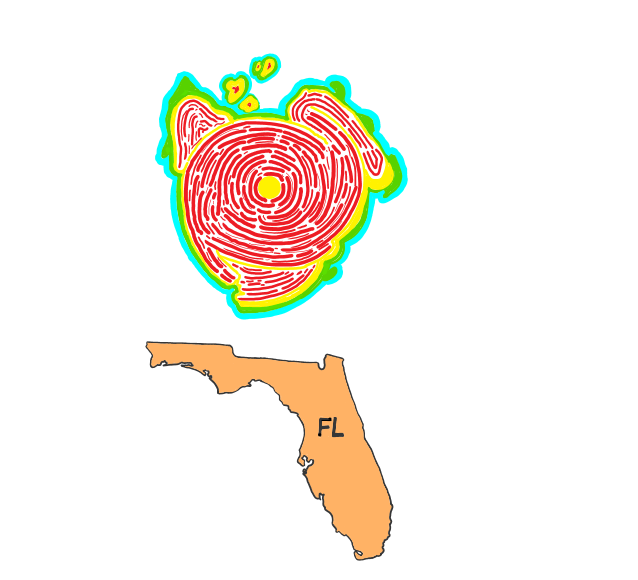Irma hits Florida
Classified as a Category 5 hurricane, Hurricane Irma hit Florida on Sunday, Sept. 10, leaving millions of Floridians without power and many more to deal with flash flooding that crossed state lines into Georgia and parts of South Carolina. Since its start, Irma’s wind speeds have weakened to 60 miles per hour, causing the once-powerful hurricane be reclassified as a tropical storm.
The post-hurricane chaos continues, however, as several news stations filmed civilians breaking into clothing and supply stores along streets that have become rivers.
As Hurricane Irma travels north, flood waters and storms continue to bombard Northern Florida, reaching parts of Georgia and South Carolina. It has caused significant damage to the southern United States, killing at least 35 people. The western part of the United States is not prone to hurricanes and has remained untouched.
“Some places do not have the unstable air, while others do not have the warm water temperatures,” said Environmental Science teacher Mike Cope. “Both are needed.”
Irma comes just days after record-breaking Hurricane Harvey hit Texas. According to the New York Times, the huge scope of Harvey’s destruction prompted Patrick Rios, mayor of Rockport, Texas to advise those ignoring the evacuation warnings to write down their names and social security numbers on their arms, should their bodies be found.
Hurricane Irma’s landfall, combined with Hurricane Harvey’s touchdown in Texas, marks the first time in US history that two Category 4 hurricanes hit in the same year. Scientists have compared Hurricane Irma’s path of destruction to that of Hurricane Katrina, the Category 5 hurricane that devastated the country in 2005.
“No two hurricanes have identical tracks, though the landfall may be the same,” Cope said. “[Katrina and Irma behaved] quite similar in strength and damage.”
Hurricane Irma continues to devastate Florida, despite its movement away from the state. Parts of Florida’s shoreline remain drained of water, one of the many effects of the heavy winds. This phenomenon, though covered extensively by the media, is not uncommon following a hurricane.
“Water may be pushed away from the coastline by the wind,” Cope said. “Sometimes the wind is so strong it will remove the water from the seafloor.”
The severity of the hurricane and the extent of its damage prompted President Trump to send federal help to aid survivors and local rescuers in their search. Trump visited Florida on Thursday, Sept. 14, to both honor first-responders and hand out free water and sandwiches. Joel Meyers, President of AccuWeather, estimates that damages could cost up to 290 billion dollars.
President Trump, along with many Americans, sends his love to the people who have been affected by these hurricanes, including the families of those who have died.




